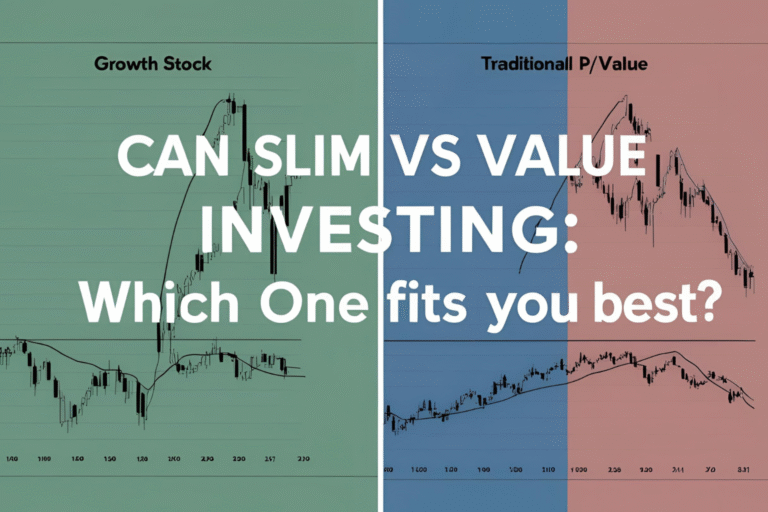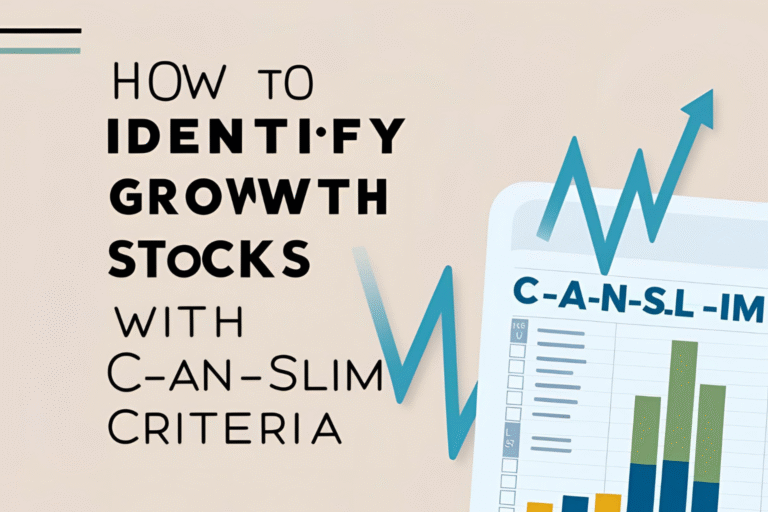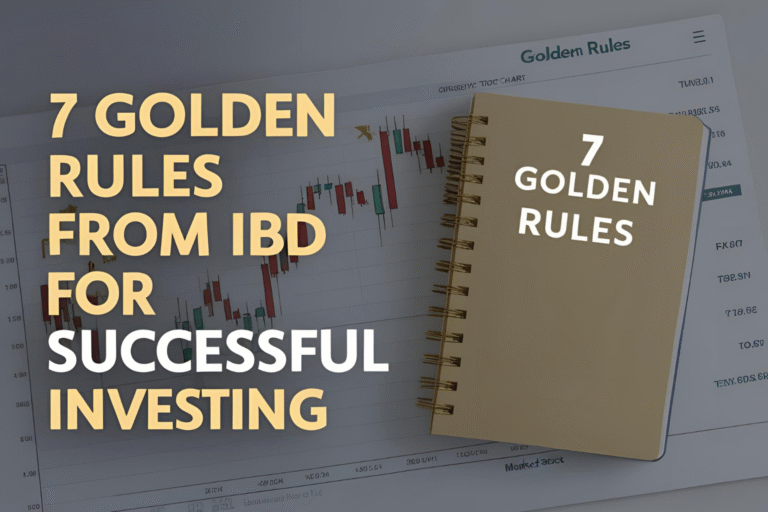IBD Stock Ratings Explained: Composite, RS, and EPS Ratings
Investor’s Business Daily (IBD) provides investors with specialized stock ratings designed to simplify decision-making and identify top-performing growth stocks. Three primary ratings—Composite, Relative Strength (RS), and Earnings Per Share (EPS)—help pinpoint stocks ready for significant price moves.
This guide will explain each IBD rating clearly, helping you understand exactly how to leverage them in your investing decisions.
What are IBD Stock Ratings?
IBD ratings evaluate stocks based on critical performance metrics. Understanding these ratings can drastically improve your stock selection process:
1. Composite Rating (1–99)
The Composite Rating combines all key metrics into one convenient rating. Stocks scoring 90 or above are among the top performers. This rating includes fundamentals (earnings), technical performance, and industry group strength.
2. Relative Strength (RS) Rating (1–99)
The RS Rating compares a stock’s price performance against all other stocks in the market over the past 52 weeks. A rating of 80 or higher indicates superior performance and strong momentum compared to peers.
3. Earnings Per Share (EPS) Rating (1–99)
The EPS Rating measures a company’s earnings growth history relative to all other publicly traded companies. Stocks rated 90+ demonstrate excellent earnings growth—an essential sign of potential success.
How to Use IBD Stock Ratings Effectively
Here’s how you can practically use each rating:
Using the Composite Rating
Prioritize stocks with a Composite Rating of 90 or higher. These stocks combine robust earnings, market leadership, and strong industry performance—excellent CAN SLIM candidates.
Learn more on CAN SLIM criteria:
➡️ How to Identify Growth Stocks with CAN SLIM Criteria
Using the Relative Strength (RS) Rating
Look for stocks with an RS Rating of 80 or above. These are typically market leaders outperforming the majority of stocks, often indicating institutional buying and positive investor sentiment.
Using the Earnings Per Share (EPS) Rating
Target stocks with EPS ratings 90 and above. High earnings growth often signals sustained profitability and strong fundamental support for future price appreciation.
Examples of IBD Ratings in Action
To illustrate how these ratings apply in real scenarios:
- Apple (AAPL): Frequently scores high on Composite and EPS ratings due to strong, consistent earnings growth.
- Tesla (TSLA): Often has a high RS rating, reflecting powerful market momentum and investor interest.
Discover practical examples:
➡️ Top 5 Growth Stocks to Watch in 2025 (CAN SLIM Focus)
Common Mistakes When Using IBD Ratings
Avoid these pitfalls:
- Focusing Only on One Rating: A high RS without solid EPS can mean speculative growth. Always confirm ratings with fundamentals.
- Ignoring Industry Strength: Strong Composite Ratings in weak industries can underperform—stick to leaders in strong sectors.
- Buying Too Late: High ratings don’t guarantee future gains if stocks are extended—always buy at proper buy points.
Learn to avoid investing mistakes:
➡️ 7 Golden Rules from IBD for Successful Investing
Final Thoughts
IBD stock ratings are powerful tools for filtering and identifying the most promising growth stocks. By systematically using Composite, RS, and EPS ratings, you can quickly focus on high-quality investment opportunities, helping you make informed, confident investing decisions.
FAQs
What does IBD Composite Rating measure?
The Composite Rating aggregates earnings strength, technical performance, and industry position into one overall score.
Why is RS Rating important?
RS Rating indicates how well a stock performs compared to others, highlighting market leadership and investor demand.
What does a high EPS Rating indicate?
A high EPS Rating signifies superior earnings growth and financial health, crucial indicators of future stock performance.
Is a high Composite Rating alone enough to buy?
No, confirm it with RS and EPS ratings, and consider proper buy points and market direction before investing.
Where can I find IBD stock ratings?
IBD ratings are available through Investor’s Business Daily’s website and subscription tools like MarketSmith.






